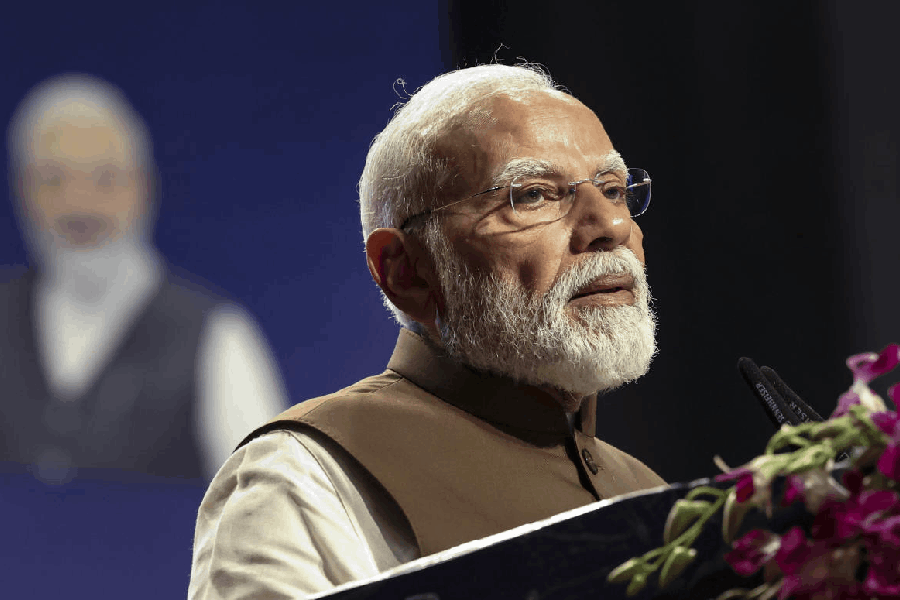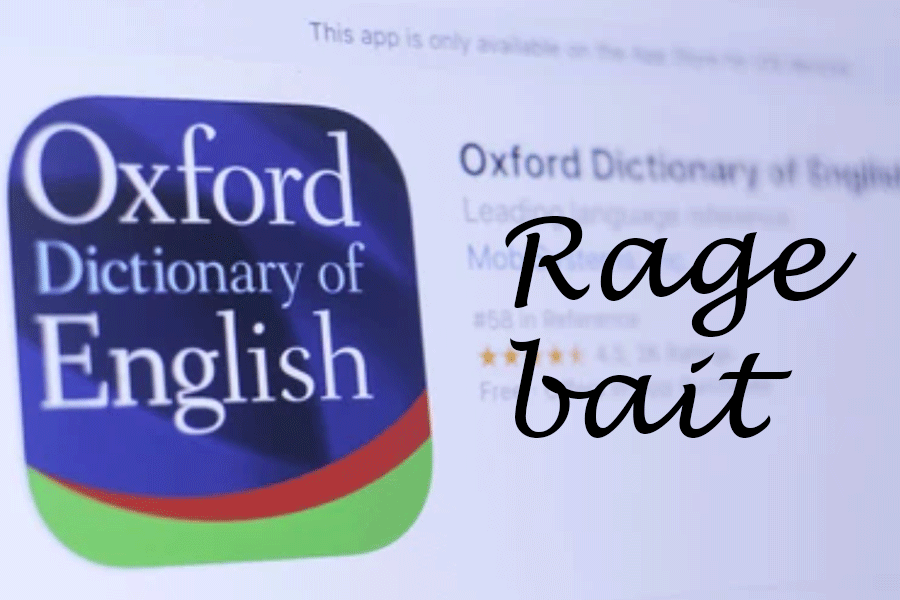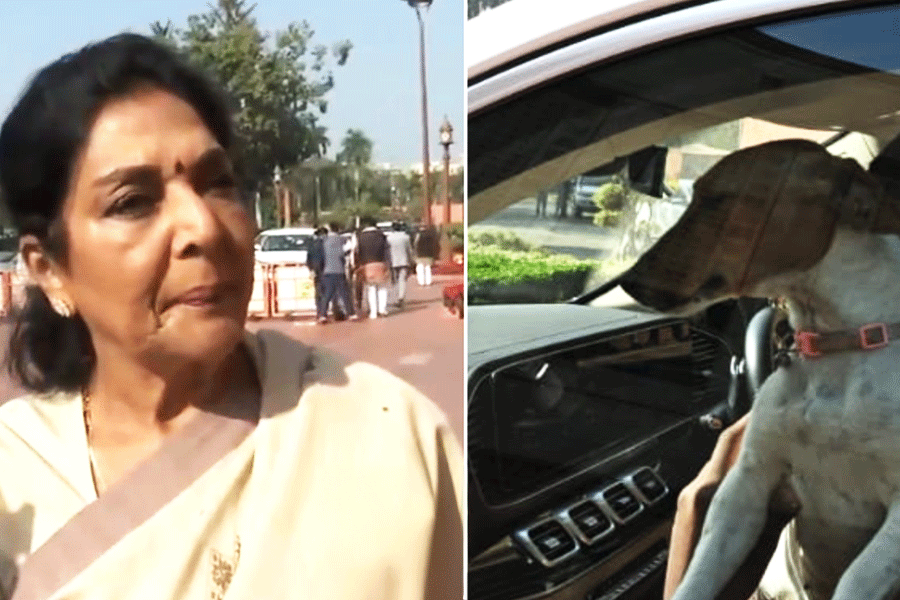Rabindranath Tagore has never been a Shohoj Paath for the middle class Bangali. As a kid, I remember the kind of veneration with which the man was hailed in the house. He was nothing short of God. Before I could even spell his name properly — in any language — I was “learning by heart” his poems, Geeta Ghatak was teaching Rabindrasangeet in school and my parents were signing me up for Dakshinee. It felt terrible.
Everything by, of and from the man seemed an extension of the study books. No one was forthcoming to explain the meaning of the writings. The songs sounded the same and Anu Malik sounded better. Come on, I was a 10-year-old and Tagore was such a boring God. At least the other models and photographs being worshipped didn’t give so much trouble on a daily basis.
Cut to 20 years later, and he is being played at every traffic signal. Everybody is adapting his short story or novel to screen or radio. His songs have been mixed with everything from jhankaar beats to rap ditties. Mention his name and everyone around seems to have an air about him or her that roughly translates to a line from a recent Bengali film: “Aamar moddhye Rabindranath achhe!” Fine, achhe. But in what form?
We couldn’t have absorbed his vast body of work in equal portions or passion. Rabindranath does reside in all of us but his shadow looms in differing luminosity, in different light. Our Tagore love is not cut from the same sari. So, who is the real Tagore? Who owns him more? How do we remember him?
It needed the man who has arguably internalised Tagore more than most of us to look back at the poet with not awe and wonder but empathy and understanding. To look at him 71 years after his death in a viewpoint starkly different from that of the 1961 documentary by Satyajit Ray. I had the privilege of watching Rituparno Ghosh’s documentary on Rabindranath Tagore titled Jeevan Smriti recently. It was not one of those preview screenings to garner positive reviews for box-office glory. The 76-minute film produced by NFDC doesn’t have either a telecast or release date yet. Rituda just wanted to share his labour of love. And what love.
For someone who’s celebrated the poet in different hues on celluloid — from Chokher Bali to Noukadubi — Tagore is personal to Rituda. And that is what sets his documentation apart from Ray’s take on Tagore. While Ray made a very classical documentary — his love for the Western style of filmmaking has always been public and it was obviously not limited to fiction — Rituda chooses to let everybody in on a man he seems to know right from the outset. He is there himself stitching together the life of the poet in episodic recollections and often smudges the lines by almost literally sneaking a peek at the past. He is not just another narrator, but our insider guide who gives us that once-in-a-lifetime tour-de-force tour of Tagore.
The Tagore of flesh-and-blood, the Tagore we do not directly find in his writings, the Tagore lost somewhere in the pages of Gitanjali and Gitabitan. So we see him as this eternal loner whose splendid isolation only ignited his imagination that much more right from childhood. Administration did not interest the free spirit and he really struggled to run the Tagore zamindari. Yes, he was immersed in his writings most of the time but what flowed from his pen would often be a result of a personal incident or a loss in the family. Tagore’s encounter with the deaths around him — his wife, his sister-in-law, his children — and the impact it had on the creative mind play a big part in Jeevan Smriti.
Rituda also beautifully brings out the multiplicity of the man — how we all have our own Tagore — by using different voiceovers throughout the film. In an entirely dramatised documentation, Rabindranath is played by four different actors for four different ages. And in that one magic shot at the end they would all come together — reminiscent of the Bob Dylan biopic I’m Not There — for that final paean to the poet.
Perhaps because he has never made a documentary before, Rituda here is an artist and not a historian. And maybe that’s why an elusive figure like Rabindranath emerges so vividly in Jeevan Smriti.
Even as Brand Tagore continues to be bought and sold, borrowed and stolen, this lookback deserves to reach as many people as possible.
Yes, Doordarshan sure will show it at some point of time but given the way every frame of the film has been showered with so much love and care, a theatrical release is a must. Like we were all shown the Cadbury video in school, maybe a screening of Jeevan Smriti would simplify the grim-looking bearded man for many 10-year-olds and perhaps even the Gen-Yo teenagers and college-goers.
His writings can take over thereafter and open new vistas of the mind for yet another generation.
Personally, Rituda’s documentary on Rabindranath reinstated the faith that only a person that real can slit his heart on paper to register such universal emotions. Today as I see the sketch of Tagore find its pride of place alongside the Reservoir Dogs poster in my bedroom, I feel that much more happy. He belongs there, not in the Thakur ghar.
Pratim D. Gupta
What does Rabindranath mean to you? Tell t2@abp.in










